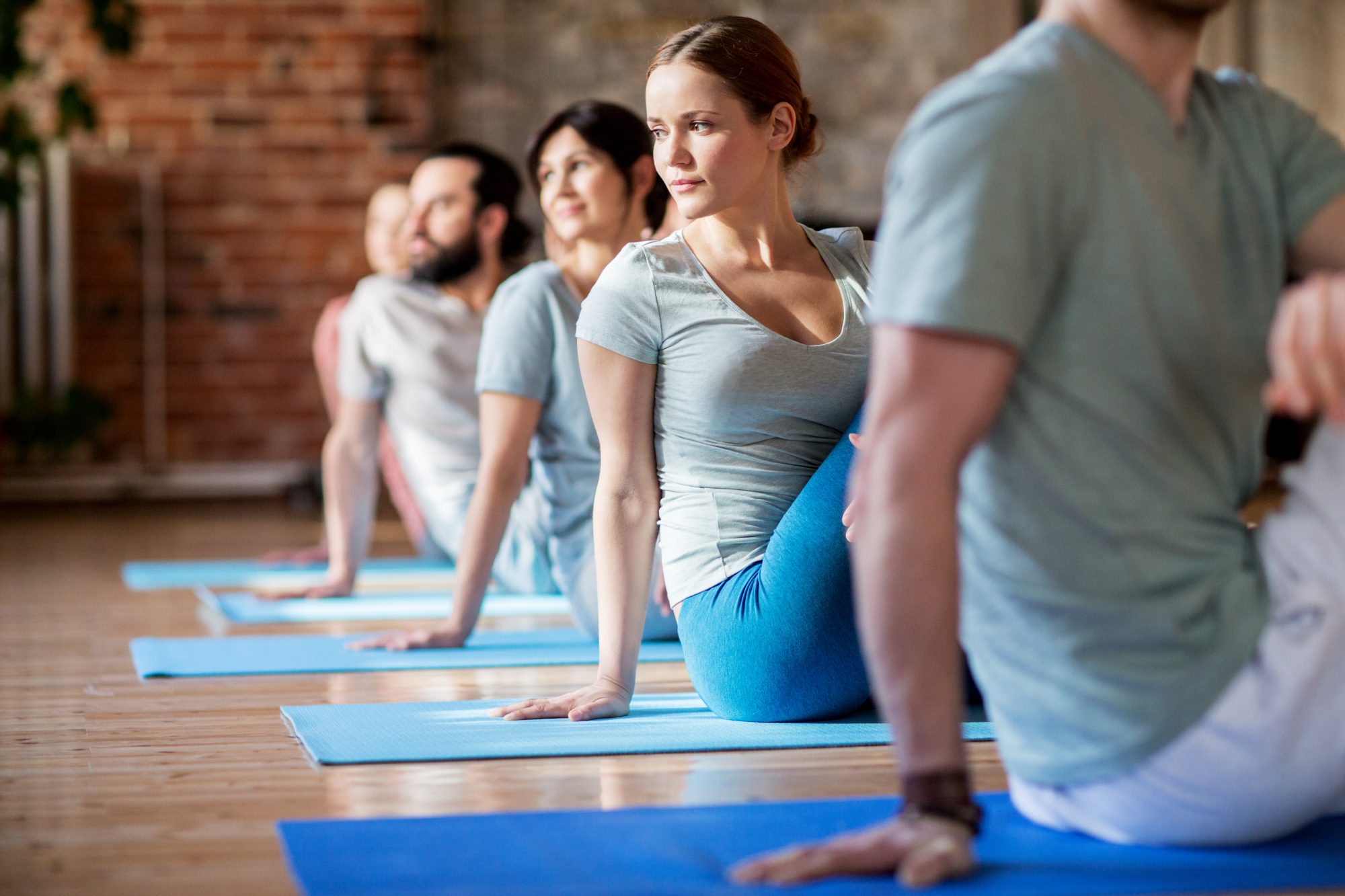[vc_row][vc_column][vc_single_image image=”2001″ img_size=”large” alignment=”center”][vc_column_text]I love travelling. I love flying to new places I have never been and exploring cities and cultures that are unfamiliar to me. However, when on holidays I struggle to find the time (and motivation) to exercise, and it doesn’t help when you are stuck sitting on a plane for 10+hours. Visiting a new area usually always involves a packed agenda of things to see and places to eat, and before you know it, your 2-week holiday is finished and all you did was sit, drink, sleep, and eat.[/vc_column_text][vc_column_text]Here are my 8 ways to stay active during your holidays away:
- Explore by foot or bike. Walk or cycle around town and explore the different shops and restaurants in the area. This is a good way to get to know your surroundings and perhaps discover things you may want to come back to see or do later in your trip. Adventuring around can also lead to new experiences or discoveries that no TripAdvisor or Lonely Planet could have ever suggested.
[/vc_column_text][vc_single_image image=”2002″ img_size=”large” alignment=”center”][vc_column_text]
- If you are in a hotel with multiple floors, take the stairs rather than elevator. If you are extra keen, start each morning with a quick 15 minute stair climb.
[/vc_column_text][vc_single_image image=”2003″ img_size=”large” alignment=”center”][vc_column_text]
- Look up hikes around the area. Depending on where in the world you are, typically there will be a hike or at least trail walk somewhere close by. This is a great way to not only get outdoors, but to truly experience and take in the landscape, seascape or cityscape that is surrounding you.
[/vc_column_text][vc_single_image image=”2004″ img_size=”large” alignment=”center”][vc_column_text]
- Use nature as your gym and try a new activity that is common in that area. For example paddleboarding, kayaking, or surfing in warmer climate areas or snow shoe walking, skiing, or skating if you are visiting winter weather.
[/vc_column_text][vc_single_image image=”2009″ img_size=”large” alignment=”center”][vc_column_text]
- Pack a skipping rope or yoga mat. Skipping is a great way to add some cardio into your day and does not require much space, and a light yoga mat can easily be folded and packed into your luggage for morning or night time stretching.
[/vc_column_text][vc_single_image image=”2005″ img_size=”large” alignment=”center”][vc_column_text]
- Use the hotel gym or pool. Easier said than done, but if you know you have access to either, then you can plan ahead to schedule into your week some time for yourself. Swimming is a good way to stay fit and keep your cardio up for a runner who doesn’t have access to a treadmill or outdoors (think snowy, icy winter in Canada…). If swimming isn’t your thing, exercises in the pool are still a great way to work your muscles.
[/vc_column_text][vc_single_image image=”2006″ img_size=”large” alignment=”center”][vc_column_text]
- Use your body weight to train. When access to equipment is limited, using our own bodies is one of the best ways to stay fit. Quick 30 minute workouts in your hotel room is all you need. Here are a few of my body weight exercise suggestions:
-Plank holds (aim 30 seconds to 1 minute)
-Push ups (aim 15-20 repetitions)
-Squat (aim 20 repetitions)
-Burpees (aim 10-15 repetitions)
-Triceps dips using chair (aim 15-20 repetitions)
-Crunches (aim 20 repetitions)
-Mountain climbers (aim for 1 minute)
Repeat each exercise 3 times.[/vc_column_text][vc_single_image image=”2007″ img_size=”large” alignment=”center”][vc_column_text]
- Start saving online exercises and videos before your trip. With the way the fitness world and technology are developing today, there are plenty of resources out there that provide quick (but efficient) body weight exercise programs that can easily be completed in situations where there is a lack of space, time, and equipment. Outlets like Facebook, YouTube, Pinterest and even Instagram, have tons of videos and websites with exercise ideas. When I come across any I find interesting, I immediately save for future use.
There are plenty of ways to incorporate exercise into your holidays and stay fit while on the road. I know holidays are always jammed packed with things to do, but all you need is 30 minutes a day. Just remember to keep moving and exploring because if you don’t use it, you will lose it. But most importantly, listen to your body. Travelling long distances can also lead to jet lag and fatigue so if you are really feeling tired then rest, relax, eat healthy, and rejuvenate yourself to try again the next day!
–Stef[/vc_column_text][/vc_column][/vc_row]


